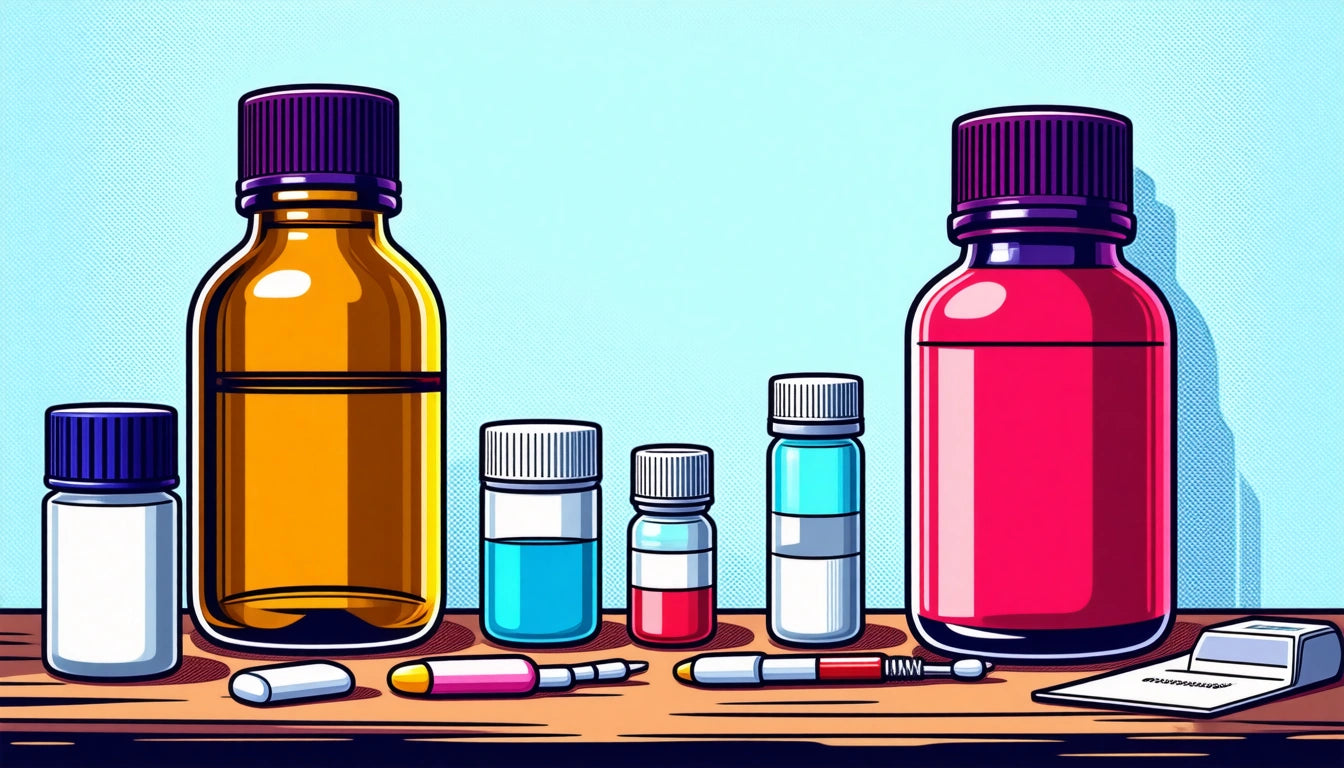Table of Contents
- Drug Screen Basics: Understanding the Fundamentals
- Drug Screen vs Drug Test: Key Differences Explained
- Common Substances Detected in Standard Drug Screens
- Types of Drug Screen Panels and What They Detect
- Testing Methods and Sample Collection Procedures
- Future Developments in Substance Screening Technology
Understanding Drug Screens: What They Test For and How They Differ from Drug Tests
Drug screens play a critical role in various settings, from employment procedures to healthcare diagnostics. Understanding what a drug screen tests for and how it differs from more comprehensive drug tests can help individuals navigate these processes with greater confidence. This guide explores the fundamentals of drug screening, common substances detected, and the key differences between screening and testing methodologies.
Drug Screen Basics: Understanding the Fundamentals
A drug screen is a preliminary assessment designed to detect the presence of specific substances in a biological sample. Unlike comprehensive testing, drug screens are typically faster and less expensive, making them suitable for initial evaluation. These screens provide a simple positive or negative result rather than quantitative measurements.
The primary purpose of drug screens is to identify potential substance use that may require further investigation. They serve as the first line of detection in many contexts, including:
- Pre-employment screening
- Workplace safety compliance
- Healthcare diagnostics
- Athletic competition eligibility
- Legal and forensic investigations
What is tested in a drug screen depends largely on the specific panel used and the purpose of the screening. Most standard screens focus on commonly used substances with potential for abuse or impairment.
Drug Screen vs Drug Test: Key Differences Explained
The terms "drug screen" and "drug test" are often used interchangeably, but they represent distinct processes with important differences. Understanding these differences helps clarify what to expect from each procedure.
Drug Screen Characteristics
- Provides qualitative results (positive/negative)
- Uses immunoassay technology
- Faster turnaround time
- Lower cost
- Higher possibility of false positives
- Preliminary in nature
Drug Test Characteristics
- Provides quantitative results (specific amounts)
- Uses chromatography and mass spectrometry
- Longer processing time
- Higher cost
- More accurate and specific
- Confirmatory in nature
When a drug screen returns a positive result, it often triggers a follow-up confirmatory drug test to verify the finding and eliminate potential false positives. This two-step approach balances efficiency with accuracy.
Common Substances Detected in Standard Drug Screens
What does a standard drug screen test for? Most basic screens focus on detecting common substances with potential for abuse. Standard urine drug screens typically test for:
- Marijuana (THC metabolites)
- Cocaine
- Amphetamines/methamphetamines
- Opiates (morphine, codeine, heroin metabolites)
- Phencyclidine (PCP)
Many people ask, "Do drug screens test for alcohol?" Standard drug screens typically do not include alcohol testing, as alcohol metabolizes quickly and requires specific testing methods. However, specialized alcohol screening can be added to a panel when needed, particularly in contexts where alcohol use is specifically prohibited.
Expanded panels may also test for:
- Benzodiazepines
- Barbiturates
- Methadone
- Propoxyphene
- MDMA (Ecstasy)
- Oxycodone
- Synthetic opioids
The detection window varies by substance and depends on factors like frequency of use, metabolism, and the specific biological sample being tested. For instance, our precision grinding equipment for herbal processing helps consumers understand how different preparation methods might affect detection thresholds in various testing scenarios.
Types of Drug Screen Panels and What They Detect
Drug screens are categorized by the number of substances they detect, commonly referred to as "panels." Different panel configurations are used depending on the screening purpose and context:
5-Panel Drug Screen
This basic screen typically tests for:
- Marijuana (THC)
- Cocaine
- Amphetamines
- Opiates
- Phencyclidine (PCP)
9-Panel Drug Screen
Expands on the 5-panel by adding:
- Benzodiazepines
- Barbiturates
- Methadone
- Propoxyphene
10-Panel Drug Screen
Typically includes all substances in the 9-panel plus:
- Methaqualone or MDMA
12-Panel Drug Screen
Includes additional substances such as:
- Oxycodone
- Buprenorphine
- Synthetic opioids
- Sometimes alcohol metabolites
The selection of an appropriate panel depends on the specific requirements of the screening program and the substances of concern in a particular context.
Testing Methods and Sample Collection Procedures
What a drug screen test consists of varies by the biological sample being analyzed. Different collection methods offer varying detection windows and advantages:
Urine Drug Screens
The most common method, offering detection of substances used within the past few days (or longer for chronic cannabis use).
Saliva Drug Screens
Less invasive but with a shorter detection window, typically capturing substance use within the past 24-48 hours.
Hair Drug Screens
Provides the longest detection window (up to 90 days) but cannot detect very recent use.
Blood Drug Screens
Most invasive but offers the most accurate measurement of current impairment or intoxication.
The frequency of testing varies by context. Some programs implement random testing while others follow regular schedules or test only upon reasonable suspicion.
Future Developments in Substance Screening Technology
The field of drug screening continues to evolve with new technologies and approaches emerging. Several developments are shaping the future of what drug screens test for and how they operate:
- Point-of-care testing with rapid results
- Expanded panels to detect synthetic and designer drugs
- Improved accuracy with fewer false positives
- Non-invasive collection methods
- Integration with digital health monitoring
- Artificial intelligence for result interpretation
As cannabis legalization expands across various jurisdictions, many employers are reconsidering marijuana testing policies while maintaining screening for other substances. This evolving landscape requires staying informed about both the capabilities and limitations of current drug screening technologies.
Understanding what drug screens test for empowers individuals to navigate testing situations with greater confidence and awareness of their rights and responsibilities in various contexts where substance screening occurs.











Leave a comment
All comments are moderated before being published.
This site is protected by hCaptcha and the hCaptcha Privacy Policy and Terms of Service apply.